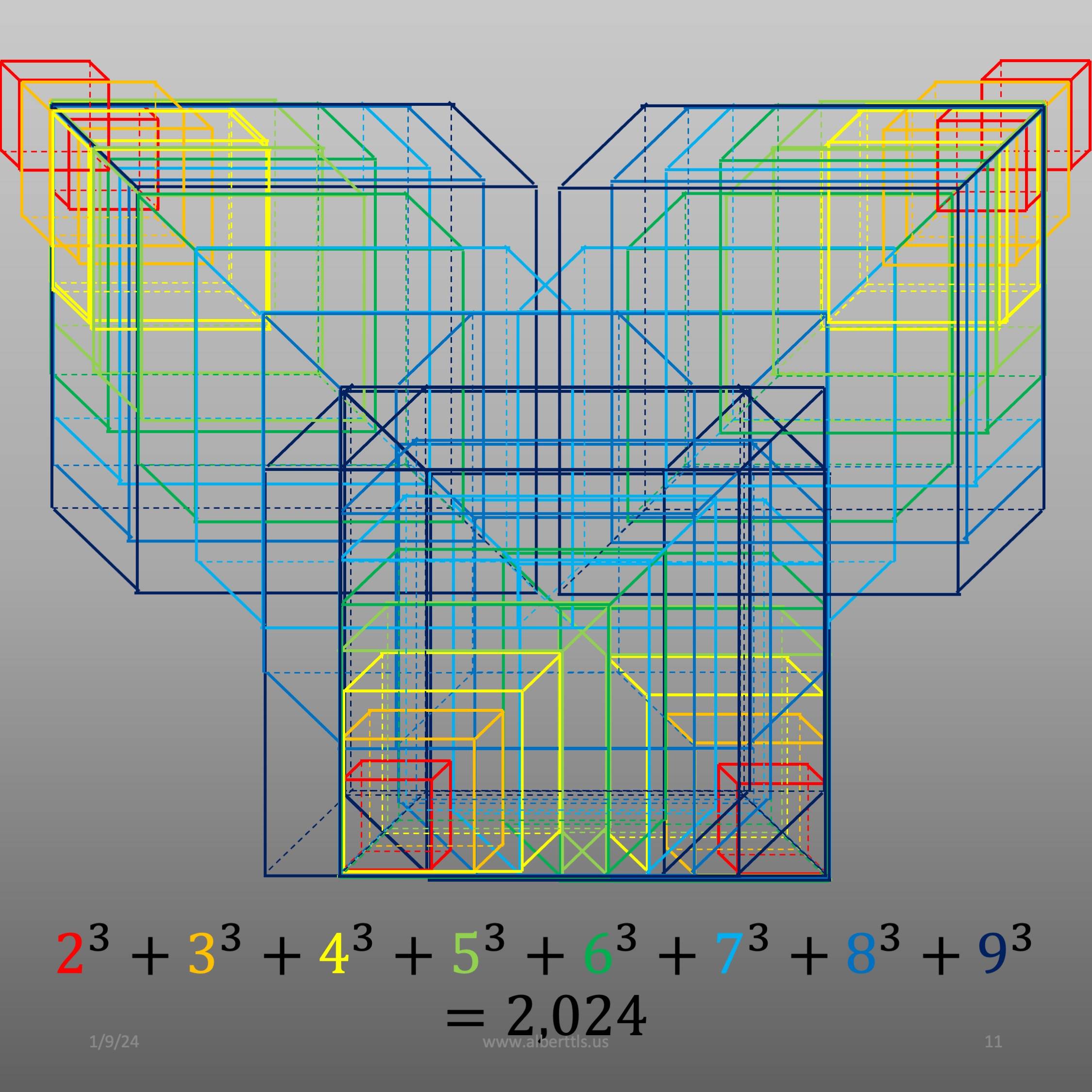In this writing, there is three seating arrangement that will be chosen and discussed. The first seating arrangement in the traditional ways, this form very useful for either medium up to 20 students or large number up to 50 students with spacious classroom, but this form may not so effective for a teacher to monitoring on student activity at the far back of the classroom, also another negativity of this setting is a student at the far back row may have a difficulty to seeing the demonstration of the material that perform in the class. Another seating arrangement that seems useful will be the U-Shape or semi-circle form, with an average of a common group that is up to 25 students with medium size of rooms, in this form teacher will have an open space for having a connection to each learner equally, also to show the demonstration, but the disadvantages of this U-Shape form, if space and the classroom lighting does not support then the place, will be tight, and some learner may meet a difficulty on seeing to the permanent board placement. Lastly, in a bigger group that is up to 160 students, then seating arrangement like the stadium seating. The advantage of this stadium seating is even though the far back learner, can still see the thing happening in the front of the classroom, but the disadvantage is if the microphone does not work then the educator has to speak a bit louder, another disadvantage if the educator does not write content in a proper size then the learner far back may have difficulty on seeing or hearing the content properly. To be noted as it been mentioned by Carol Ann Tomlinson and Marcia B. Imbeau (2010) about the goal of planning the physical environment of a classroom is to maximize opportunities for teaching and learning.
As we know now, seating arrangements are practically connected with the physical space. In form of space that we measure two kinds of categories, either the volume of that space or the area of that space. As an educator we know not about the widest space that makes us comfortable, but how can we organize the space to fit with teaching-learning process. Designing a physical space environment, more like a game of international chess, how will we arrange our tokens based on that limited size of boards to create a synergy and harmony among those chess tokens, which applies to the teaching-learning process. An example like in 2015, while some educators went to visit some community college with numbers of students up to 50 numbers, then to have effective and efficient learning, they design the classroom like a stadium-concert view, by means, there is a platform for teachers to stand and sharing the knowledge, also there’s a spacious seat arrangement for each student to have a clear view and listening to it. Not only in a form of space for the seating arrangement, but in the form of organizing components on teaching-learning will be one of the considerations as well, an example like in 2017, while some educators went to visit some high school with students class up to 20, the best possible way educator do at that time by making a U-shape seating arrangement, but, because of the minimum idea of lighting, the school designer at that time did not add light to a component of the viewer, in practice the student whose seating facing the light will have difficulty to seeing the side of the board that opposing their position, to help with this situation then a dark curtain will be applied to help the student that facing light to have a clear view to the board. In conclusion to whichever form of the seating arrangement, the important will be the angle for a learner to have a clear view and clear sound on what their teacher demonstrate it on the demonstration table, projector, or the whiteboard, as Sally Ride (2012) said the stars don’t look bigger, but they look brighter in which also support by Lindsey Petlat (2015) said seating and student space is always an important factor to classroom management and student success.
In the end, to build effectiveness and efficiency of this seating arrangement, then seating arrangement designed by the physical space that exists in some certain of number. With a perception on how learner and educator can build a connection in form of teaching-learning on helping each other by delivering and accepting the material that shared, as mentioned by John Halocha (20017),” You are also enjoying the freedom to create your learning environment”. To do it the flexible seating arrangement based on some students, class components, and space that we have more likely like how we arrange each chess token on the international chessboard to have an efficient connection among one to another as the Grand Master of International Chess having it. More importantly, a smooth moving transition while learning to enter and/or leaving the classroom. Like you are switching one square to another square for the chess token on the chessboard, then in which the component like an angle for a learner to have clear air circulation, to let them breathe comfortably, and to let them have a smooth transition once the class end or once the student entered the class. To sum up, also has been mentioned by John Halocha (2007), about a basic starting point is space, heat, light, and sound, in response to that then seating arrangement and the effectiveness of using the space in a classroom can help efficiency on teaching-learning.
References:
01. Biography.com (2020). Sally Ride Biography. Retrieved from: https://www.biography.com/astronaut/sally-ride [Accessed on Feb 24, 2021]
02. Johnson, J. Halocha, J. & Charter, M. (2007). Developing Teaching Skills in the Primary School. Published by: McGraw-Hill Education.
03. Tomlinson, C.A. & Imbeau, M.B. (2010). Leading and managing a differentiated classroom. Association for Supervision & Curriculum Development.


